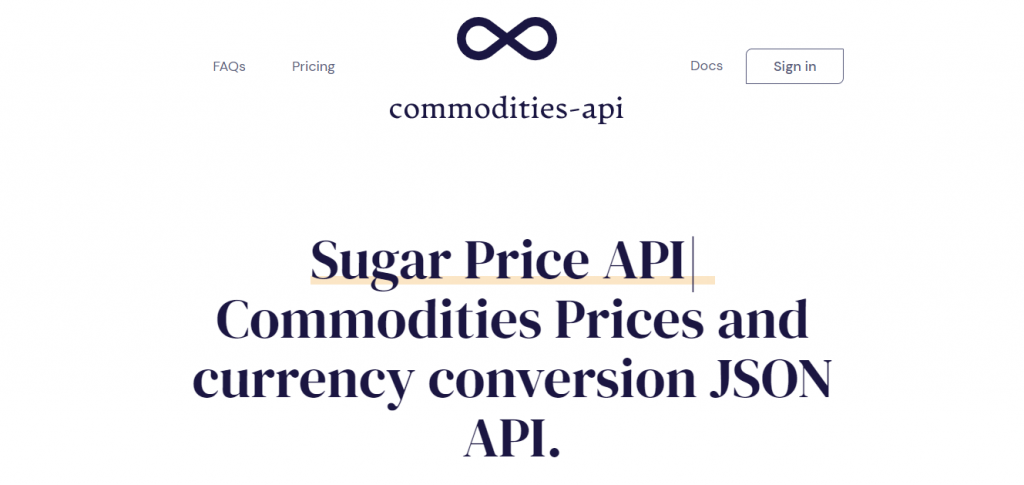When you’re searching for prices in a specific period of time, you’ll see that is quite hard to come across that information. For that purpose, using an API might be the best solution. Here, we show you why.
It wouldn’t be a surprise if you wanted to invest in coffee, since it’s one of the most important commodities in the world. It takes part in everyone’s lives and it’s present in a lot of drinks and food, especially when the weather is cold. Coffee is a brewed drink that its prepared from coffee beans and has a stimulating effect due to its caffeine content.
Worldwide, Brazil is the world’s leading coffee grower. In 2019, it generated generating approximately 45 million 60-kilogram bags. This is unsurprising given that Brazil has occupied the top rank for over 150 years. Vietnam (almost 25 million) and Colombia come in second and third, respectively (nearly 14 million).

With this being said, you can clearly see that this is an industry that moves quite quickly and it’s very unexpected, so you’ll have to stay updated on different rates to gain more profits. For this, you’ll have to pay attention to real-time prices, but most importantly historical prices, so you can understand the behavior of the market.
Historical rates are foreign exchange rates that show merchants how a currency pair has traded in the past. These represent the accounting cost recorded in the books, which reflects the cost of the item when purchased rather than its current worth. This helps you to foresee how the commodity is going to behave in the future, having in mind what happened in the past.
How An API Can Help
There are a few sofwares online that provide you with commodities rates using an API. This is an interface that connects two computers or programs that may communicate with one another. An API responds to a request (an API call) you make with a response, which is often in JSON format. So, if you ask for the rates of coffee in a specific point in time, an API is able to give you that information.
However, you should have in mind that not every commodity API can provide you with historical rates, so you need to check which one you can use.
Where To Get Historical Rates
Since not every API is useful for this, we will use Commodities-API so we can explain to you better how it works. This is a free tool that allows you to perform API calls that return commodity pricing information. It allows you to track a wide range of commodities such as oil, coffee, rice, sugar, and wheat.

To get the API you need to:
1. Go to www.commodities-API.com and sign up to obtain your personal API key. Don’t tell anyone about this.
2. Look for the coffee symbol and the currency you desire to obtain the information on.
3. Locate the commodity and money in the list using these symbols, then choose the period of time you want. Make the API call after you’ve decided on them.
4. The website will deliver an API in a variety of programming languages that you may modify and use any way you see fit.
The result of historical rates will look something like this:
{
"success": true,
"historical": true,
"date": "2013-12-24",
"timestamp": 1387929599,
"base": "COFFEE",
"rates": {
"USD": 1.636492,
"EUR": 1.196476,
"CAD": 1.739516
}
}
Where Does This Information Come From?
Commodities-API collects data from banks and stock exchanges and uses it to give you the most up-to-date and secure data. Furthermore, it uses bank-grade 256-bit SSL encryption to ensure the security of your connection at all times. The API only provides midpoint data for commodities and currency rates. The midpoint is calculated using the average median rate of Bid and Ask for a certain period.

